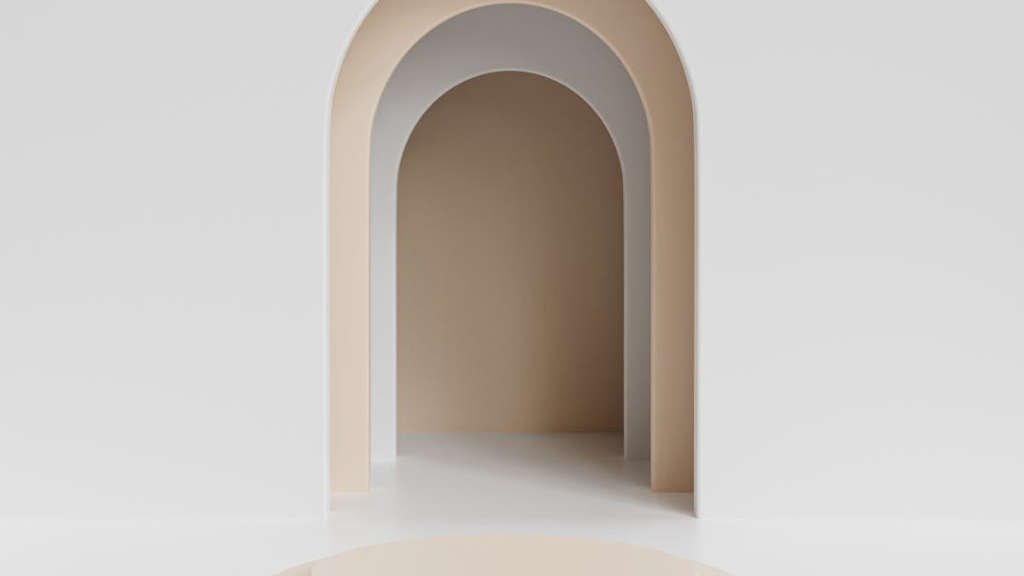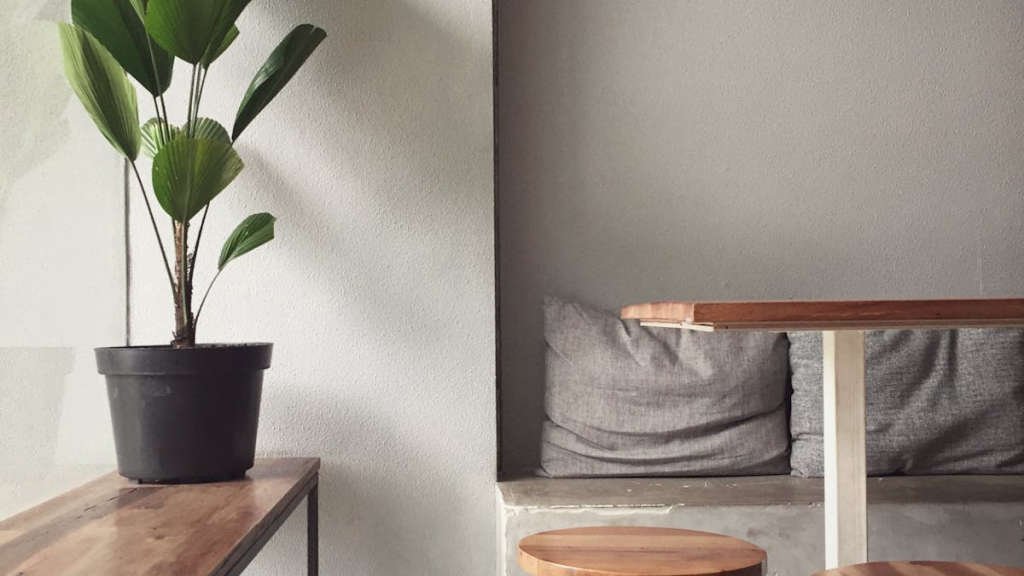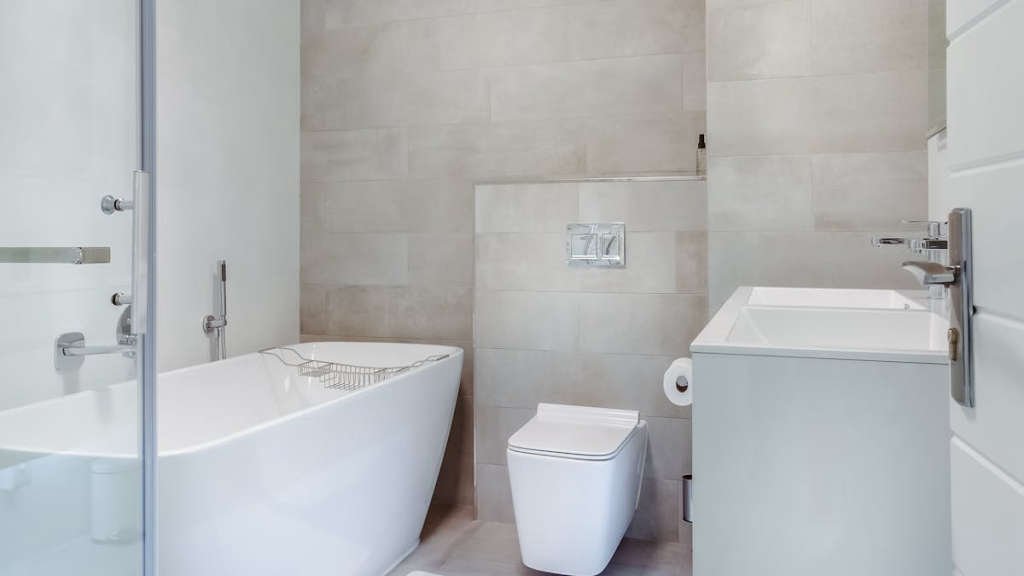
When it comes to creating compelling visual content, incorporating effective design elements can make a significant impact on the overall appeal and engagement of your audience. Whether you are designing graphics for social media, websites, presentations, or marketing materials, following some simple design tips can elevate the quality of your visual content and help you stand out in a crowded digital space.
Main Points:
- Utilize Minimalist Design Approach: Embrace simplicity, clean lines, and ample white space to create a visually appealing and uncluttered design.
- Focus on Visual Hierarchy: Arrange elements in order of importance to guide the viewer’s eye and convey key messages effectively.
- Choose a Consistent Color Palette: Select a harmonious color scheme that reflects your brand identity and creates a cohesive look across all visuals.
- Use High-Quality Images: Opt for sharp, clear, and relevant images that enhance the overall aesthetic of your design.
- Incorporate Typography Wisely: Select fonts that are easy to read, complement your design, and convey the intended tone and message.
- Balance Text and Visual Elements: Strike a harmonious balance between text and images to create a visually engaging composition.
- Optimize for Mobile Viewing: Ensure your visual content is responsive and optimized for different devices and screen sizes.
- Add CTA Buttons: Include clear and compelling call-to-action buttons to prompt the viewer to take the desired action.
- Embrace Negative Space: Allow for breathing room within your design to create a sense of clarity and focus on key elements.
- Seek Inspiration: Continuously seek inspiration from other designers, trends, and creative sources to keep your visual content fresh and innovative.

Utilizing White Space Effectively
When it comes to creating a sleek and minimalist design, one key aspect to consider is the effective use of white space. Utilizing white space, also known as negative space, can have a significant impact on the overall aesthetics and functionality of a design. By strategically incorporating white space into a layout, designers can enhance readability, create a sense of balance, and draw attention to key elements.
Key Benefits of Utilizing White Space
- Enhanced Readability: White space helps prevent visual clutter and allows content to be easily absorbed by the viewer.
- Improved Focus: By surrounding important elements with white space, designers can guide the viewer’s eyes and emphasize key messages.
- Emphasis on Design Elements: White space can highlight specific elements, such as images or call-to-action buttons, making them stand out more effectively.
When implementing a minimalist design approach, it is essential to remember that less is often more. By embracing white space and incorporating it effectively within your design, you can create a clean and sophisticated aesthetic that engages users and communicates your message clearly.

Choosing the Right Color Palette
When it comes to choosing the right color palette for your project, it is essential to consider a few key factors. The colors you select will have a significant impact on the overall look and feel of your design, so it is crucial to choose wisely.
Understanding Color Theory
Before you start selecting colors, it is essential to have a basic understanding of color theory. Colors can evoke different emotions and reactions, so it is crucial to choose colors that align with the message you want to convey. Consider the following:
| Color | Meaning |
|---|---|
| Red | Passion, energy, excitement |
| Blue | Calm, trustworthy, reliable |
| Green | Harmony, nature, growth |
Choosing the Right Colors
Once you have a good understanding of color theory, you can start selecting the right colors for your project. Consider the following tips:
- Consider the message: Think about the emotions and reactions you want to evoke with your design.
- Use a color wheel: A color wheel can help you choose complementary colors that work well together.
- Start with a base color: Choose a primary color and then add accent colors to create contrast.
By taking the time to carefully choose your color palette, you can create a design that is visually appealing and effectively communicates your message to your audience.

Creating Consistent Visual Hierarchy
When designing any type of visual content, whether it’s a website, a poster, or a social media graphic, creating a consistent visual hierarchy is crucial. Visual hierarchy refers to the arrangement and presentation of elements in a way that prioritizes their importance. This not only helps guide the viewer’s eye to the most important information but also helps create a sense of order and organization in your design.
One key aspect of creating consistent visual hierarchy is contrast. By using contrast in terms of size, color, font weight, and spacing, you can easily differentiate between different elements and emphasize what is most important. For example, using a larger font size for headings and a smaller font size for body text can immediately communicate the hierarchy of information.
Another important factor is consistency.
Consistency in terms of color palette, typography, and layout helps create a cohesive and unified look for your design. By using a consistent color scheme and font choices throughout your design, you can establish a clear visual hierarchy and help the viewer navigate the content more easily.
Finally, white space is a crucial element in creating visual hierarchy. By allowing for enough white space around different elements, you can create separation and draw attention to specific areas of your design. White space also helps prevent your design from looking cluttered and overwhelming, allowing the viewer to focus on the most important information.
In conclusion, creating a consistent visual hierarchy in your designs is essential for guiding the viewer through the content and emphasizing the most important information. By using contrast, consistency, and white space effectively, you can ensure that your designs are not only visually appealing but also easy to understand and navigate.
Incorporating High-Quality Images and Graphics
When creating content for your blog, it is essential to incorporate high-quality images and graphics to enhance the overall visual appeal and engagement of your audience. In this article, we will discuss the importance of using high-quality visuals and provide tips on how to do so effectively.
Why High-Quality Images and Graphics Matter
High-quality images and graphics play a crucial role in capturing the attention of your readers and conveying your message effectively. Here are some reasons why incorporating high-quality visuals is essential:
- Enhanced Visual Appeal: High-quality visuals make your content more visually appealing and attractive to your audience.
- Increased Engagement: Visual content tends to generate higher engagement and shares compared to text-only content.
- Improved Brand Perception: Using high-quality images and graphics helps in conveying a professional and polished image of your brand.
Tips for Incorporating High-Quality Images and Graphics
Here are some tips to help you effectively incorporate high-quality images and graphics into your blog:
| Tip | Description |
|---|---|
| 1 | Use high-resolution images to ensure clarity and sharpness. |
| 2 | Optimize images for web to improve loading speed and performance. |
| 3 | Choose visuals that are relevant to your content and audience. |
| 4 | Infuse your brand’s style and personality into your visuals for consistency. |
By following these tips and incorporating high-quality images and graphics into your blog, you can enhance the overall appeal and effectiveness of your content, ultimately engaging and attracting more readers.
Implementing Clear Typography
When it comes to designing a website or any other type of digital content, one of the most crucial aspects to consider is typography. Typography plays a significant role in how your message is perceived and understood by your audience. Implementing clear typography is essential for creating a visually appealing and easy-to-read design.
Choosing the Right Font
The first step in implementing clear typography is choosing the right font for your content. It is important to select a font that is easy to read and visually pleasing. Avoid using overly decorative fonts that may be difficult to decipher. Opt for clean and simple fonts like Arial, Helvetica, or Open Sans for body text. For headings, you can experiment with bolder fonts like Roboto or Lato.
Setting Proper Font Size and Line Height
Another key aspect of clear typography is setting the proper font size and line height. Your text should be large enough to read comfortably without straining the eyes. The general rule of thumb is to set the body text at around 16px with a line height of 1.5. Headings can be larger to create visual hierarchy and emphasis.
Utilizing Contrast and White Space
Contrast and white space play a crucial role in enhancing the clarity of your typography. Ensure that there is enough contrast between your text and background to make it easily readable. Use white space strategically to break up the content and improve overall readability. Avoid overcrowding your design with text and elements.
In conclusion, implementing clear typography is essential for creating a visually appealing and easy-to-read design. By choosing the right font, setting proper font size and line height, and utilizing contrast and white space, you can enhance the readability and overall impact of your content.
Balancing Text and Visual Elements
When creating content for a blog or website, it is important to strike a balance between text and visual elements. Text is crucial for communicating information, but visual elements such as images, graphics, and videos can help to enhance the overall user experience.
One key aspect of balancing text and visual elements is to align them in a way that is visually appealing and easy to read. Avoid overwhelming the reader with too much text or overcrowding the page with too many images. Spacing is essential to give the content room to breathe and make it more digestible.
Use of Images and Graphics
Images and graphics can help break up large blocks of text and make the content more engaging. When using images, be sure to optimize them for web use to ensure fast loading times. Consider using infographics or charts to visualize complex data and make it easier for readers to understand.
Additionally, it is important to pay attention to the placement of images and graphics within the text. Avoid placing them too close to each other or to the text, as this can create a cluttered look. Instead, strategically place visuals throughout the content to enhance the overall user experience.
“Visual elements are an important part of creating engaging content. They can help to capture the reader’s attention and make the content more memorable.” – John Doe
Creating a Consistent Design
Consistency is key when balancing text and visual elements. Choose a color scheme, font, and layout that complements the overall design of your blog or website. Use headings, subheadings, and bullet points to break up the text and make it easier to scan.
| Text | Visual Elements |
|---|---|
| Communicates information | Enhances user experience |
| Breaks up large blocks of text | Makes content more engaging |
By carefully balancing text and visual elements, you can create content that is both informative and visually appealing. Keep in mind the importance of consistency in design and layout, and experiment with different combinations to find what works best for your audience.
Conclusion
In conclusion, when it comes to creating a visually appealing and user-friendly website, simple design tips can make all the difference. By keeping your design clean, using a consistent color palette, and prioritizing readability, you can ensure that your website not only looks great but also functions effectively. Remember, less is more when it comes to design, so don’t be afraid to simplify and streamline your website for the best results.
Frequently Asked Questions
How can I create a simple and clean design?
You can create a simple and clean design by using plenty of white space, limiting the color palette, and focusing on clear typography.
What are some key elements of minimalist design?
Key elements of minimalist design include simplicity, functionality, use of negative space, and emphasis on typography.
How can I ensure good readability in my design?
To ensure good readability, make sure text contrast is sufficient, use an appropriate font size, and consider line spacing.
Is it important to follow design trends?
While it’s good to be aware of design trends, it’s more important to focus on timeless design principles that will keep your work relevant.
What tools can help me create a simple design?
Tools like Adobe Illustrator, Sketch, or Figma can be useful for creating simple designs. Additionally, pen and paper can also be great for sketching ideas.
